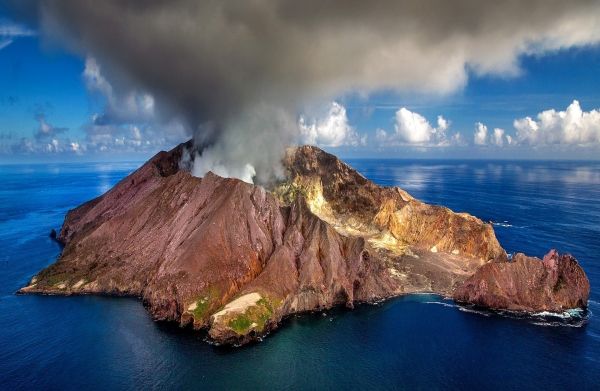Around 120 million years ago, the earth experienced an extreme environmental disruption that choked oxygen from its oceans.
Known as oceanic anoxic event (OAE) 1a, the oxygen-deprived water led to a minor — but significant — mass extinction that affected the entire globe. During this age in the Early Cretaceous Period, an entire family of sea-dwelling nannoplankton virtually disappeared.
By measuring calcium and strontium isotope abundances in nannoplankton fossils, Northwestern earth scientists have concluded the eruption of the Ontong Java Plateau large igneous province (LIP) directly triggered OAE1a. Roughly the size of Alaska, the Ontong Java LIP erupted for seven million years, making it one of the largest known LIP events ever. During this time, it spewed tons of carbon dioxide (CO2) into the atmosphere, pushing Earth into a greenhouse period that acidified seawater and suffocated the oceans.
Read more at: Northwestern University
Photo Credit: Julius_Silver via Pixabay


